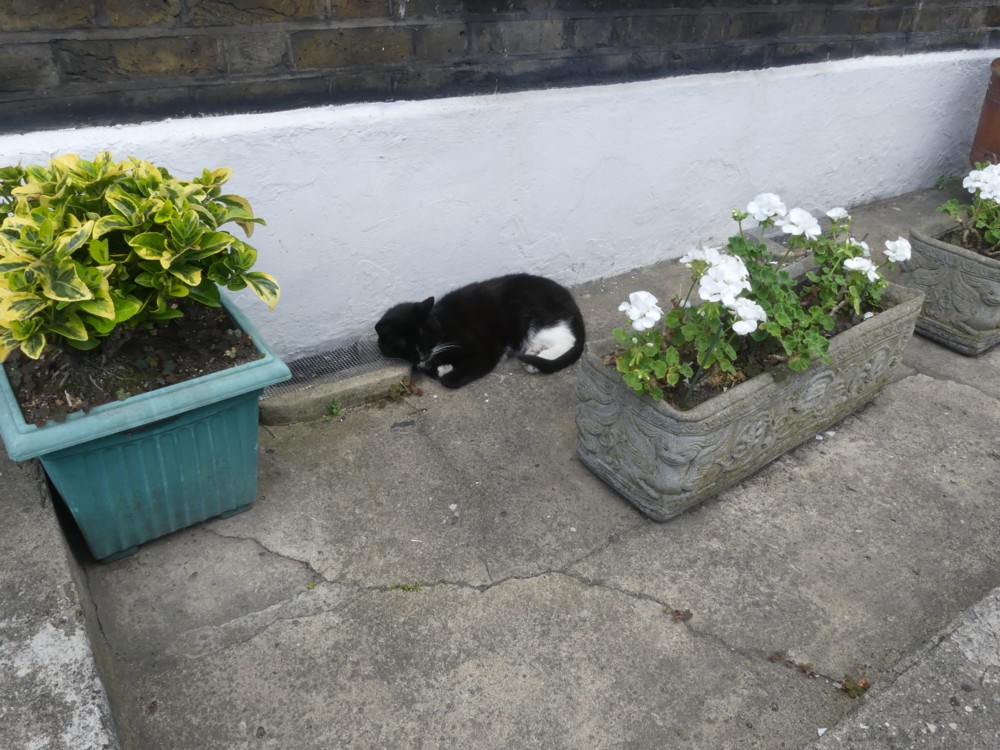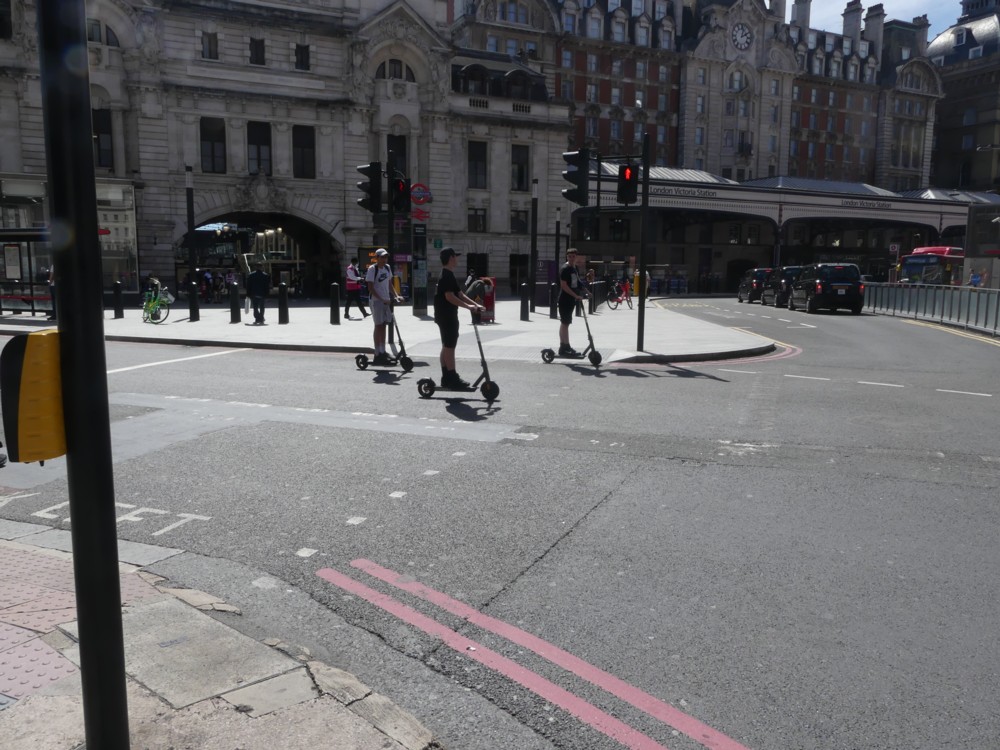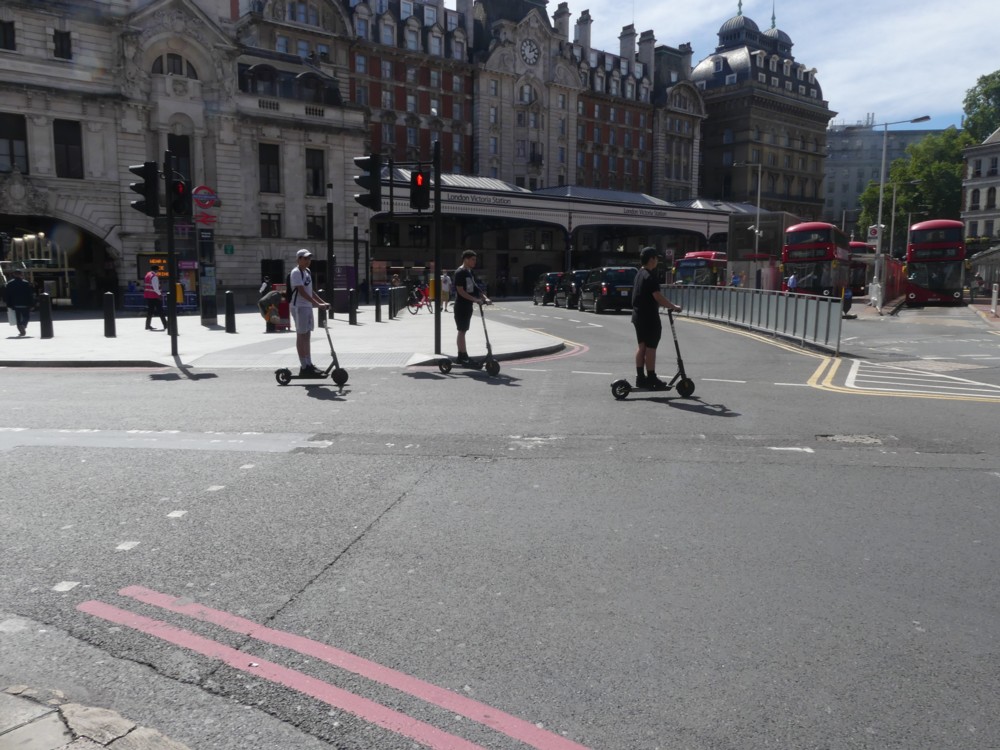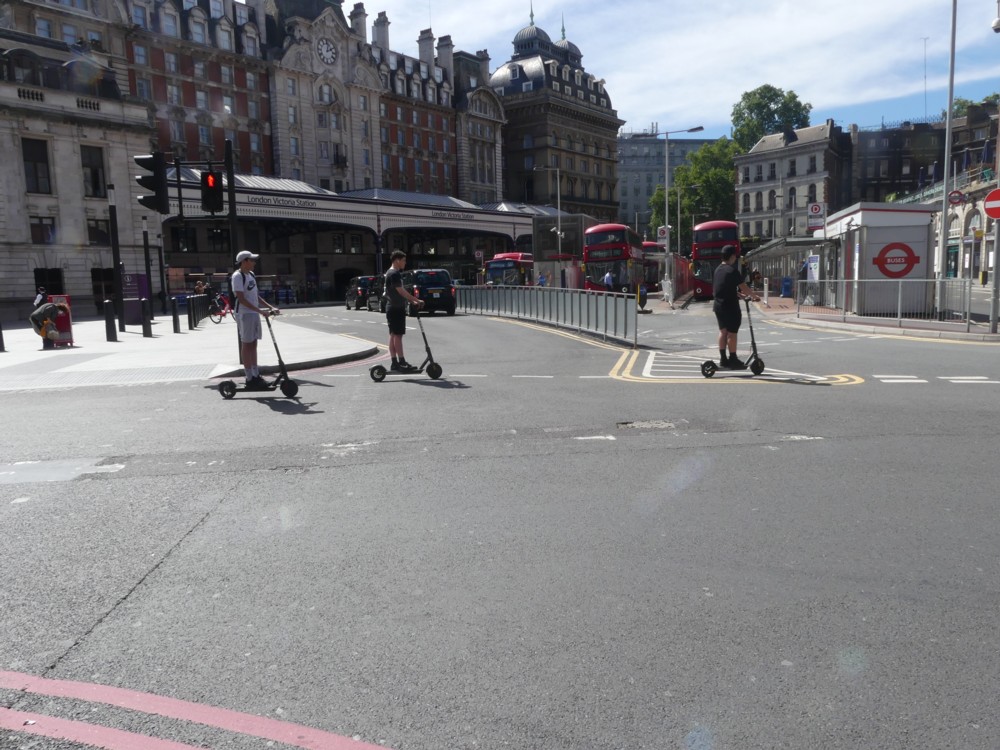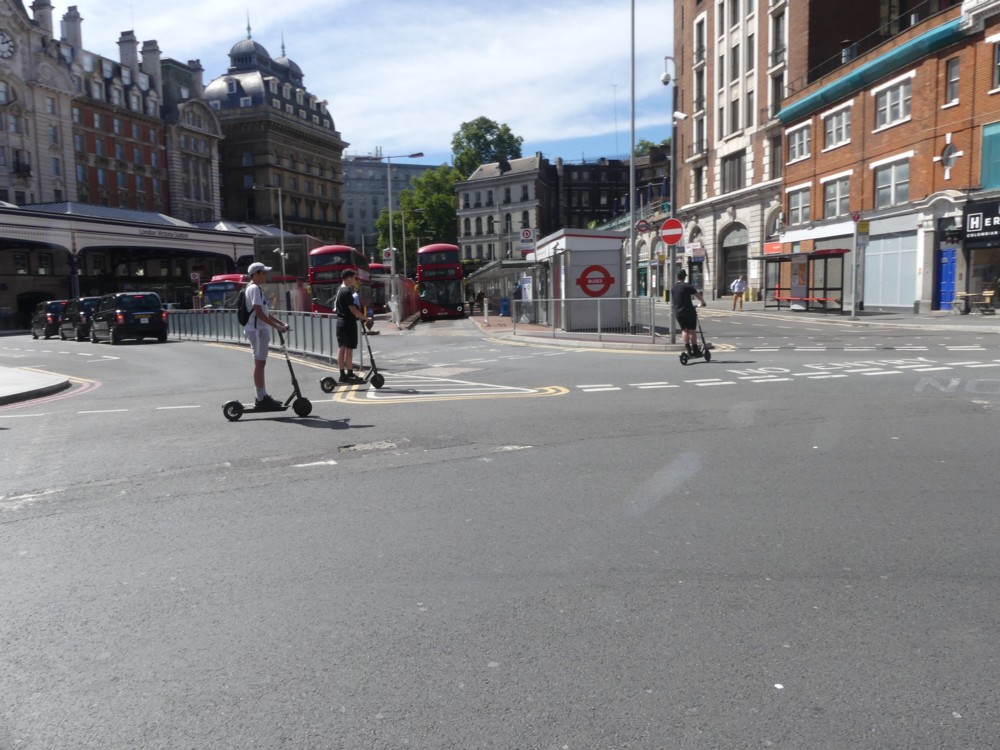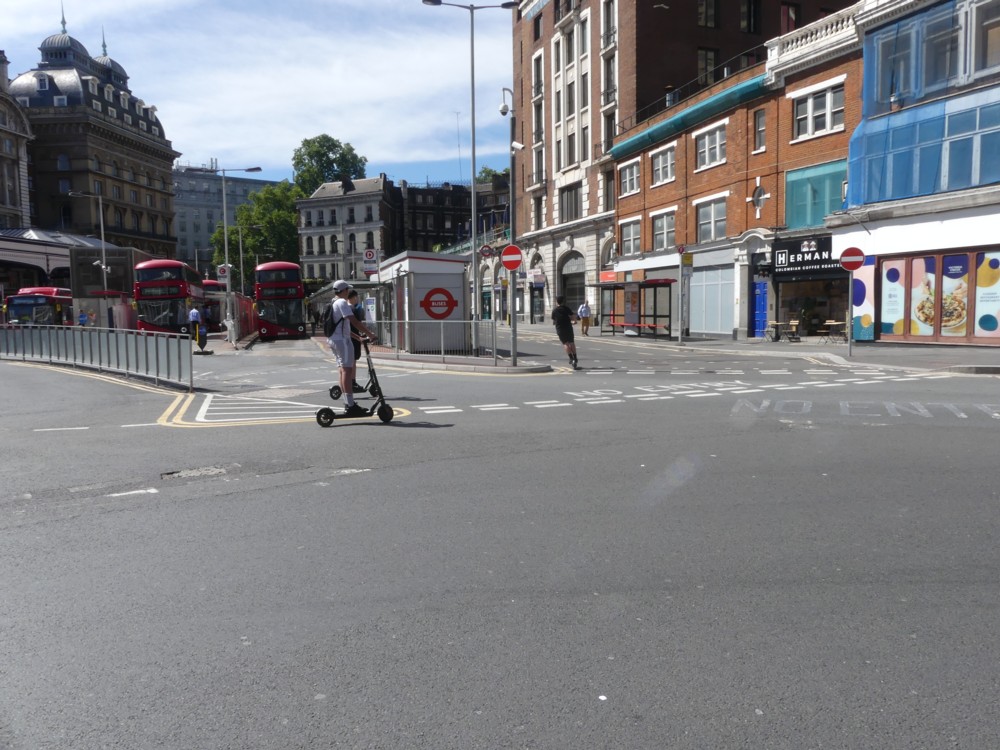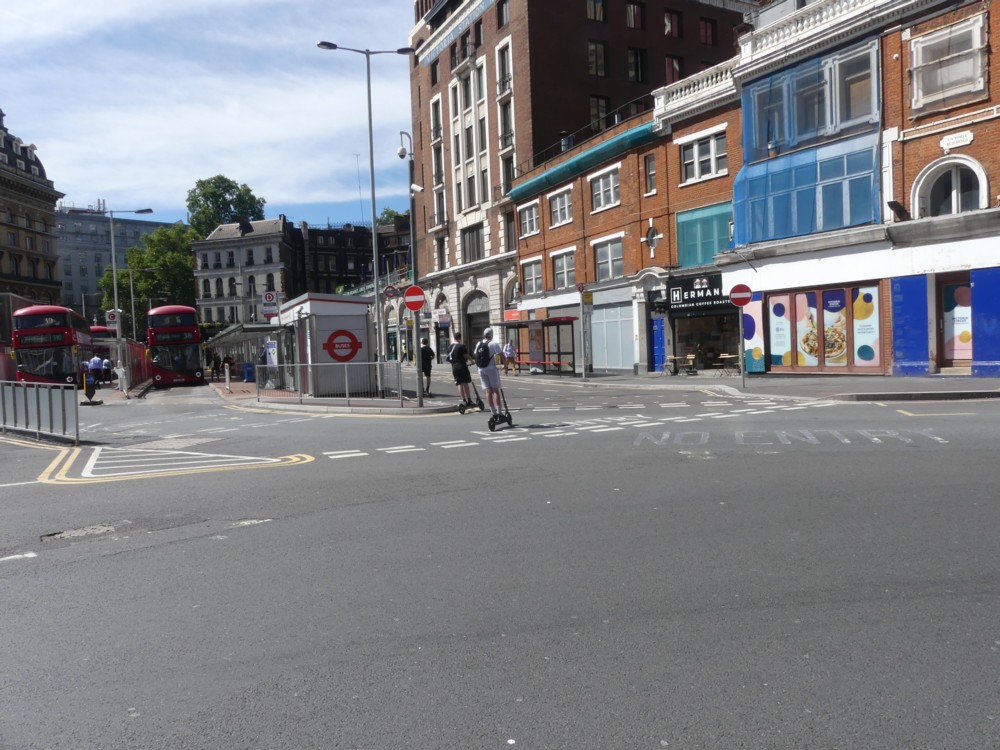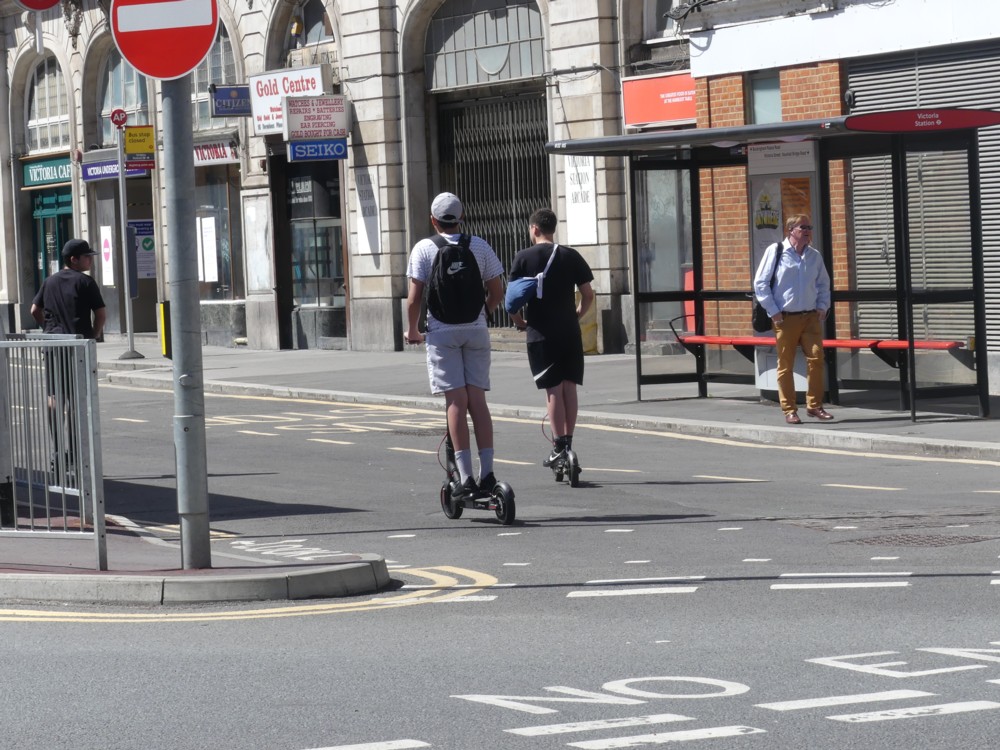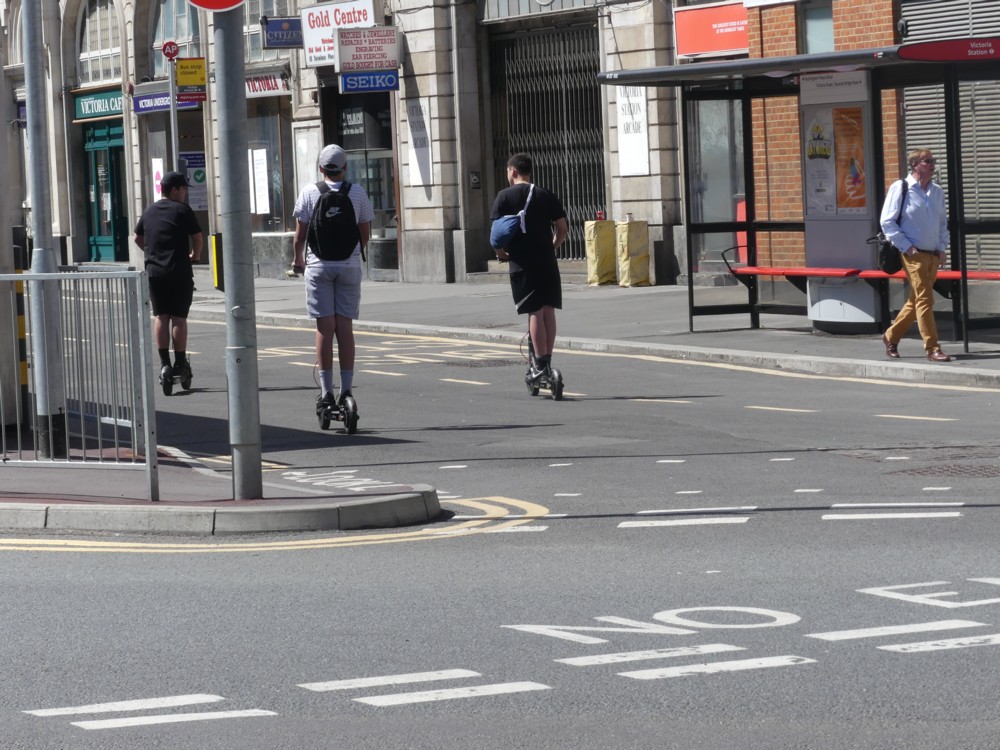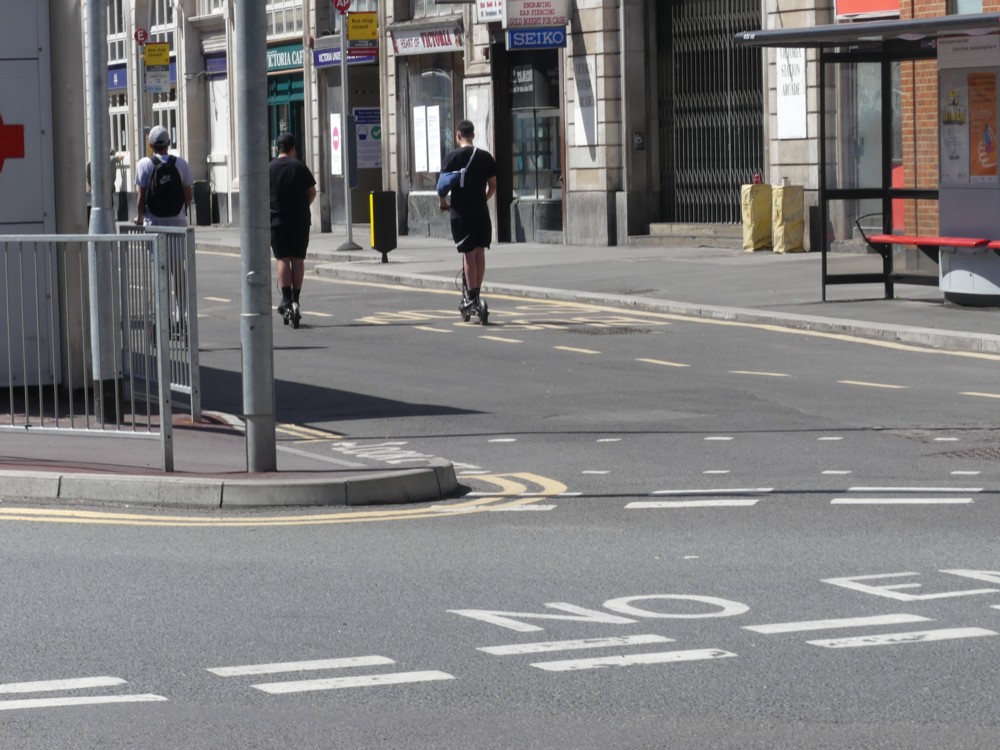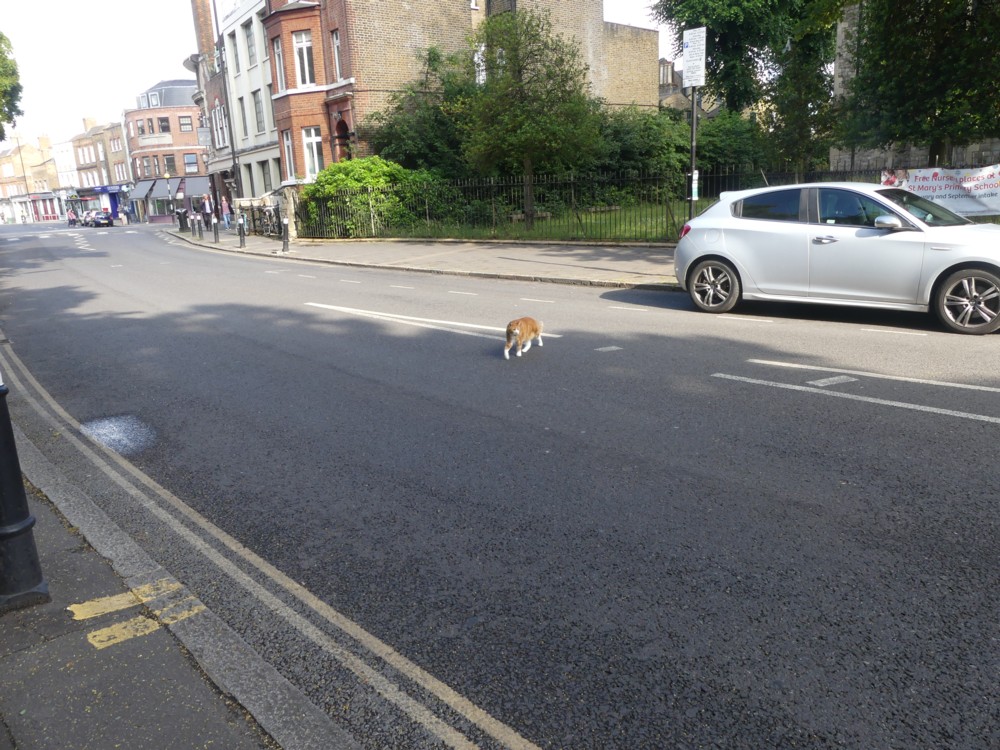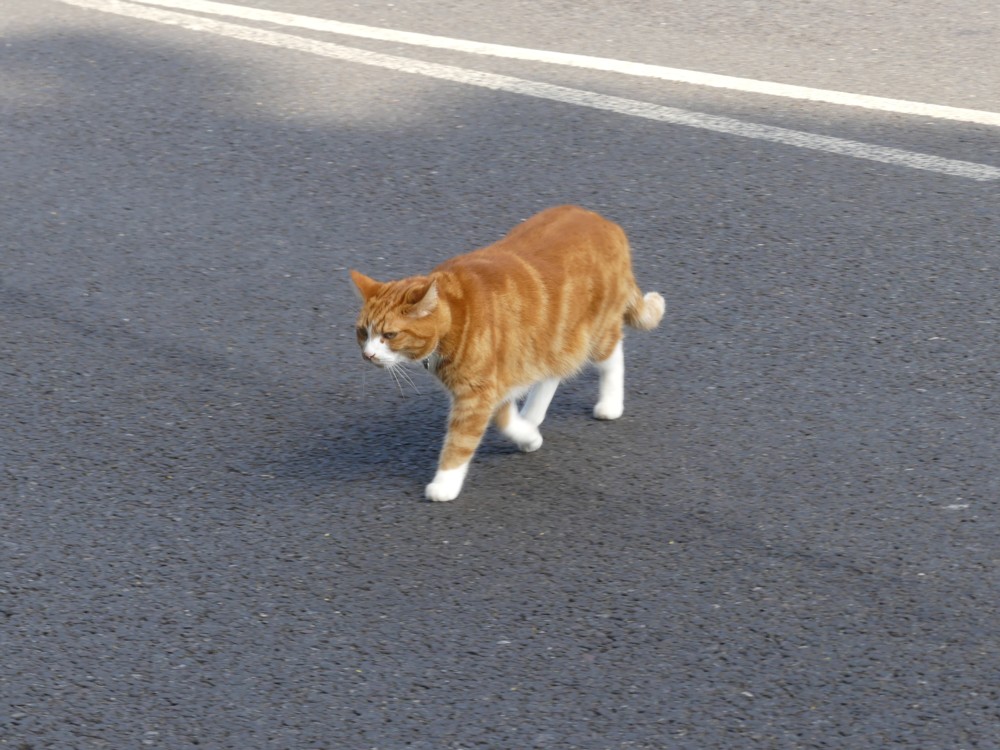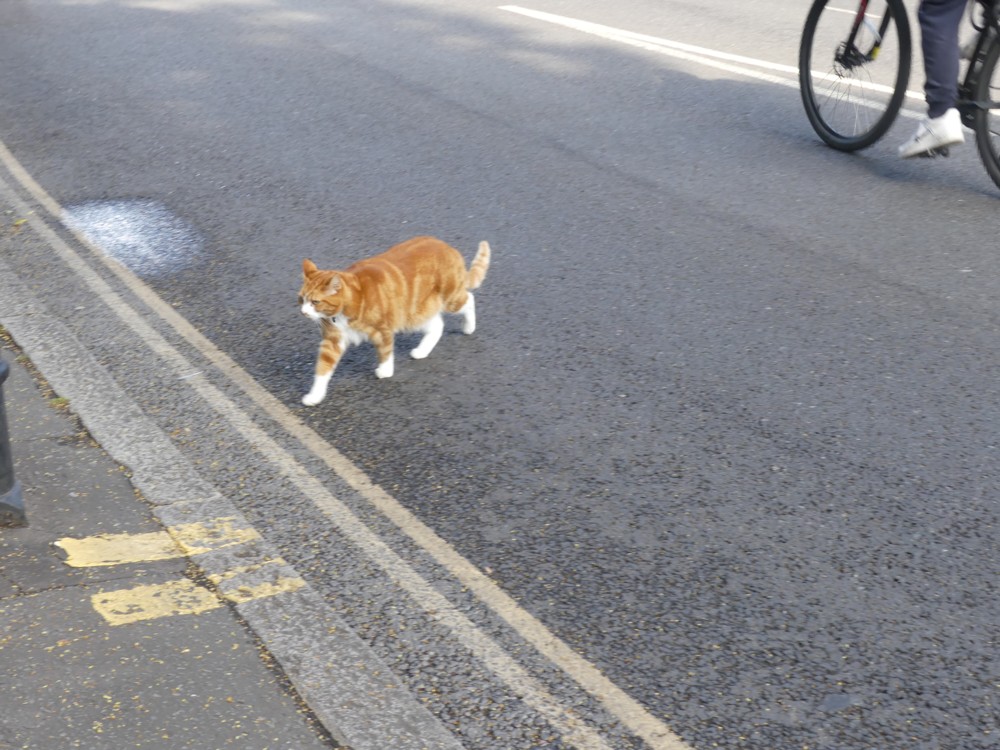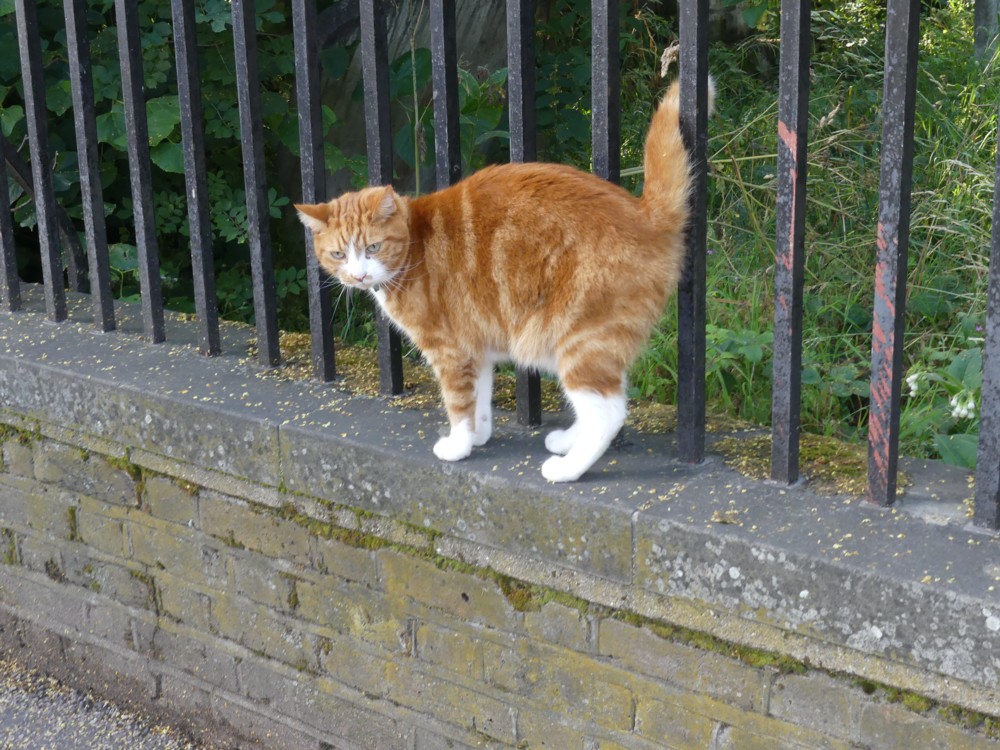I have started reading Matt Ridley’s book about How Innovation Works. Here (pages 50-55) is his description of how vaccinating people against smallpox went from being fiercely criticised by the medical experts of the time, to becoming standard medical practice:
In the same year that Thomas Newcomen was building his first steam engine, 1712, and not far away, a more romantic episode was in train, and one that would indirectly save even more lives. It was much higher up the social scale. Lady Mary Pierrepoint, a well-read, headstrong young woman of twenty-three, was preparing to elope in order to escape the prospect of a dull marriage. Her wealthy suitor, Edward Wortley Montagu, with whom she had carried on a voluminous correspondence characterized by furious disagreement as well as outrageous flirtation, had failed to agree a marriage settlement with her even wealthier father, the Earl (later Duke) of Kingston. But the prospect of being forced by her father to marry instead a pecunious dullard, the Honourable Clotworthy Skeffington, persuaded Mary to rekindle the romance with Wortley (as she called him). She proposed elopement, and he, despite thus missing out on her dowry, and in a fit of uncharacteristic impetuosity, agreed. The episode turned to farce: he was late, she set off for the rendezvous alone, he overtook her at an inn but did not realize she was there, but after further mishaps they found each other and married on 15 October 1712 in Salisbury.
After this romantic start the marriage was a disappointment, Wortley proving a cold and unimaginative husband. His bride – learned, eloquent and witty – cut a swathe through literary London, writing eclogues with Alexander Pope in the style of Virgil, and befriending the literary lions and social tigers of the day. Joseph Spence would later write: ‘Lady Mary is one of the most extraordinary shining characters in the world; but she shines like a comet; she is all irregular and always wandering. She is the most wise, most imprudent; loveliest, disagreeablest; best natured, cruellest woman in the world.’
Then smallpox marked her skin and made her reputation. This vicious virus, humankind’s greatest killer, was constantly a threat in early-eighteenth-century London. It had recently killed Queen Mary and her nephew, the young Duke of Gloucester, the last Stuart heir to the throne who was not Catholic; it had almost killed the Electress of Hanover, Sophia, and her son George, destined to be the next king of England instead. It killed Lady Mary’s brother in 1714 and very nearly killed her the next year, leaving her badly scarred and lacking in eyelashes, her beauty cruelly ravaged.
But it was smallpox that would bring her lasting fame, for she became one of the first, and certainly one of the most passionate, champions in the Western world of the innovative practice of inoculation. In 1716 her husband was sent as ambassador to Constantinople and Lady Mary accompanied him with her young son. She did not invent inoculation, she did not even bring the news of it for the first time, but being a woman she was able to witness in detail the practice among women cloistered in Ottoman society, and then to champion it back home among mothers terrified for their children, to the point where it caught on. She was an innovator, not an inventor.
Two reports had reached the Royal Society in London from Constantinople of the practice of ‘engrafting’ as a cure for smallpox. According to the correspondents, Emmanuel Timonius and Giacomo Pylarini, both physicians working in the Ottoman Empire, the pus from a smallpox survivor would be mixed with the blood in a scratch on the arm of a healthy person. The reports were published by the Royal Society but dismissed as dangerous superstition by all the experts in London. More likely to spark an epidemic than prevent it; an unconscionable risk to be running with people’s health; an old wives’ tale; witchcraft. Given the barbaric and unhelpful practices of doctors at the time, such as bloodletting, this was both ironic and perhaps understandable.
It seems the Royal Society had been told of the practice even earlier, in 1700, by two correspondents in China, Martin Lister and Clopton Havers. So there was nothing new about this news. But where these doctors failed to persuade the British, Lady Mary Wortley Montagu had better luck. On 1 April 1718 she wrote to her friend Sarah Chiswell from Turkey with a detailed account of inoculation:
The smallpox, so fatal and so general amongst us, is here entirely harmless by the invention of engrafting, which is the term they give it. There is a set of women who make it their business to perform the operation … When they are met (commonly fifteen or sixteen together) the old woman comes with a nutshell full of the matter of the best sort of smallpox, and asks what veins you please to have opened. She immediately rips open that you offer to her with a large needle (which gives you no more pain than a common scratch) and puts into the vein as much venom as can lie upon the head of her needle … There is no example of anyone that has died in it, and you may believe I am well satisfied of the safety of the experiment, since I intend to try it on my dear little son. I am patriot enough to take pains to bring this useful invention into fashion in England.
Lady Mary did indeed engraft her son Edward, anxiously watching his skin erupt in self-inflicted pustules before subsiding into immunized health. It was a brave moment. On her return to London she inoculated her daughter as well, and became infamous for her championing of the somewhat reckless procedure – a sort of version of the trolley problem so beloved of moral philosophers: do you divert a runaway truck from a line where it will kill five people to another line where it will kill one? Do you deliberately take one risk to avoid a greater one? By then, some doctors had joined the cause, notably Charles Maitland. His inoculation of the children of the Prince of Wales in 1722 was a significant moment in the campaign. But even afterwards there was furious denunciation of the barbaric practice. Misogyny and prejudice lay behind some of it, as when Dr William Wagstaffe pronounced: ‘Posterity will scarcely be brought to believe that an experiment practised only by a few ignorant women amongst an illiterate and unthinking people should on a sudden – and upon a slender Experience – so far obtain in one of the politest nations in the world as to be received into the Royal Palace.’
In America, the practice of inoculation arrived around the same time, through the testimony of an African slave named Onesimus, who told the Boston preacher Cotton Mather about it, possibly as early as 1706, who in turn informed the physician Zabdiel Boylston. For trying inoculation on 300 people, Boylston was subject to fierce criticism and life-threatening violence, abetted by rival physicians to the point where he had to hide for fourteen days in a secret closet lest the mob kill him. Innovation often requires courage.
In due course inoculation with smallpox itself – later known as variolation – was replaced by the safer but similar practice of vaccination, that is to say, using a related but less dangerous virus than smallpox, an innovation usually credited to Edward Jenner. In 1796 he deliberately infected an eight-year-old boy, James Phipps, with cowpox from blisters on the hands of a milkmaid called Sarah Nelmes, who had caught it from a cow called Blossom. He then tried to infect Phipps with smallpox itself and showed that he was immune to it. This demonstration proof, not the vaccination itself, was his real contribution and the reason he had such an impact. The idea of deliberately giving people cowpox to immunize them against smallpox was by then already thirty years old. It had been tried by a physician named John Fewster in 1768, and by several other doctors in Germany and England in the 1770s. It was already probably in use among farmers before that date.
So, yet again, innovation proves to be gradual and to begin with the unlettered and ordinary people, before the elite takes the credit. That is perhaps a little unfair on Jenner, who, like Lady Mary Wortley, deserves fame for persuading the world to adopt the practice. Napoleon, despite being at war with Britain, had his armies vaccinated, on the strength of Jenner’s advocacy, and awarded Jenner a medal, calling him ‘one of the greatest benefactors of mankind’.



